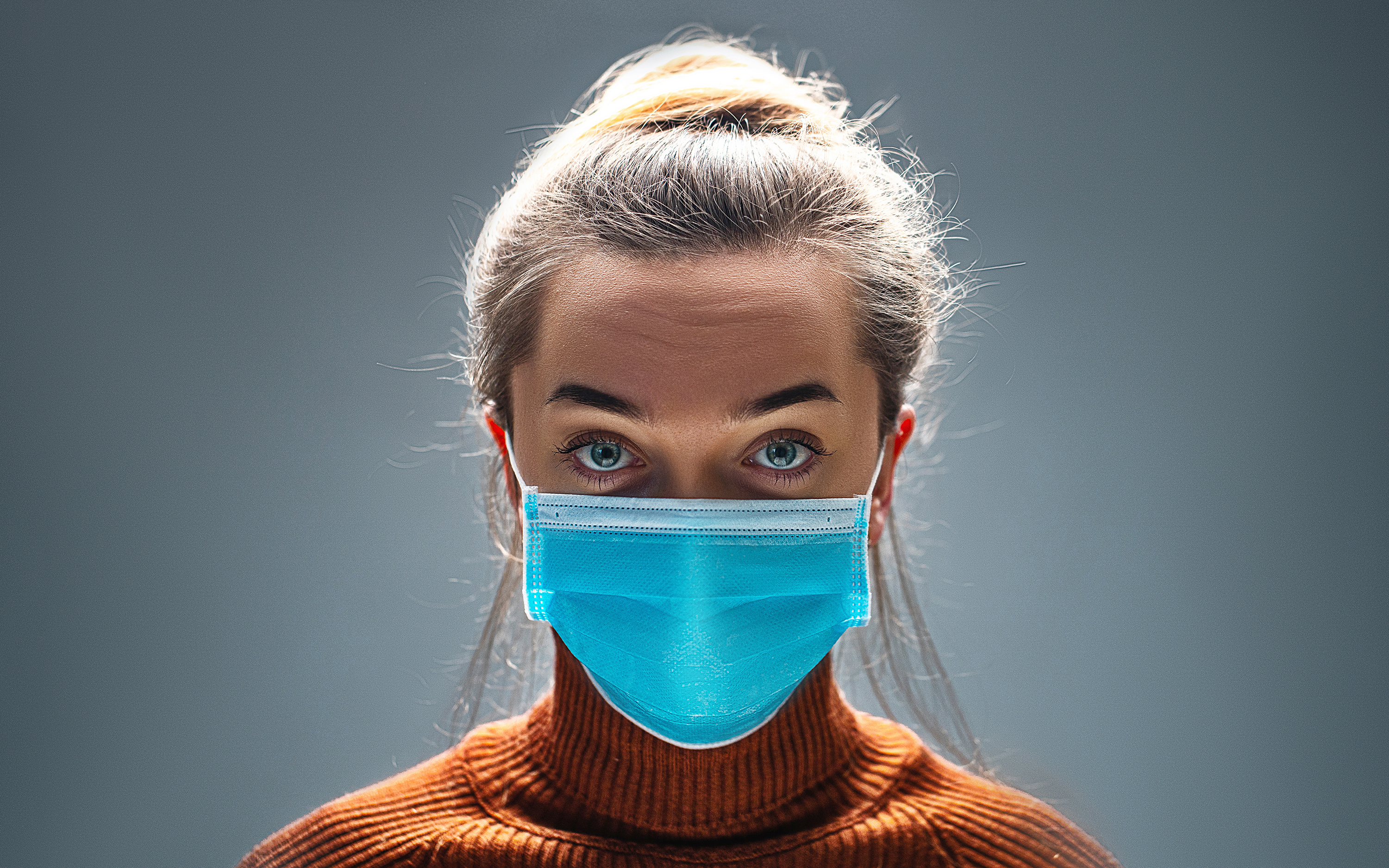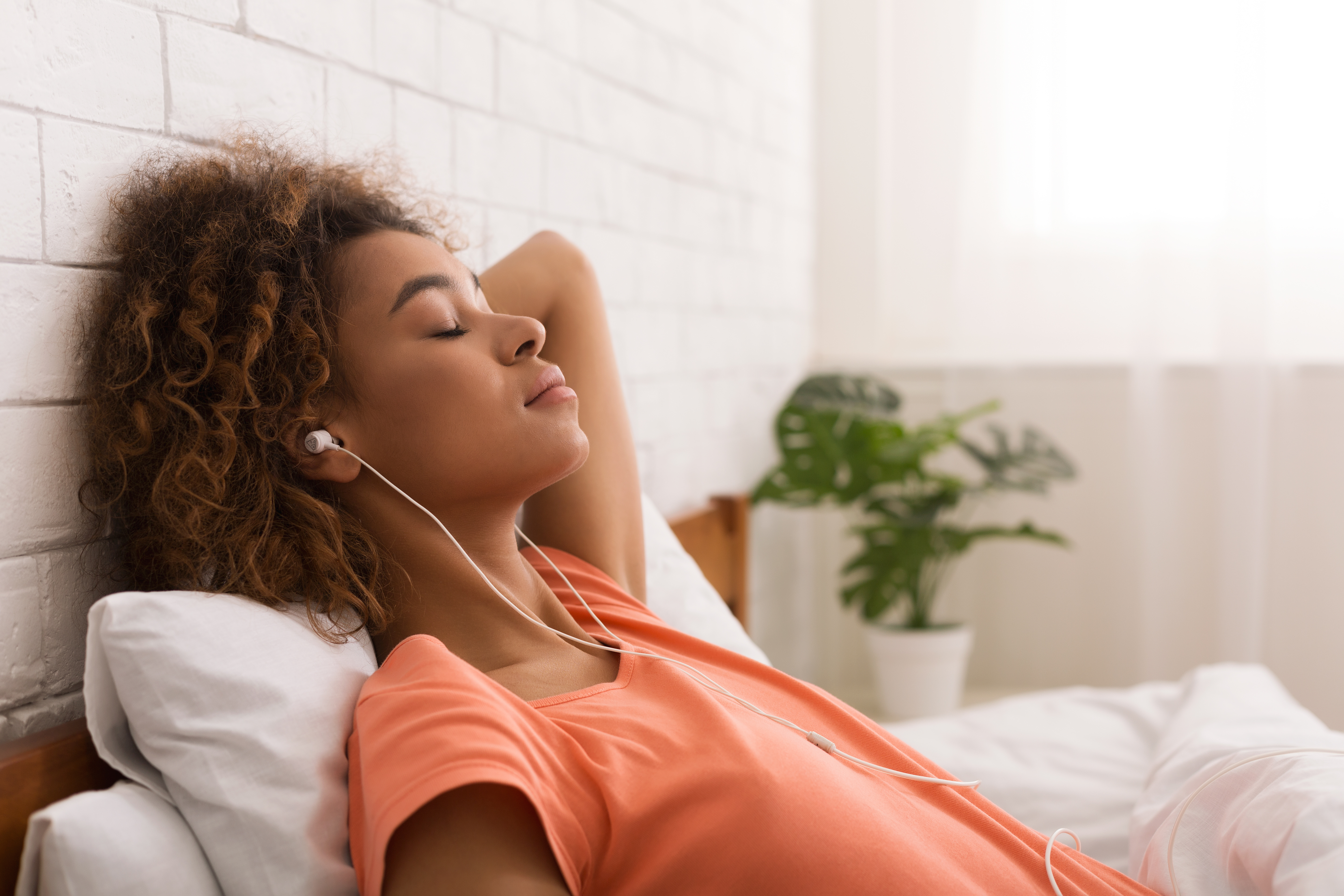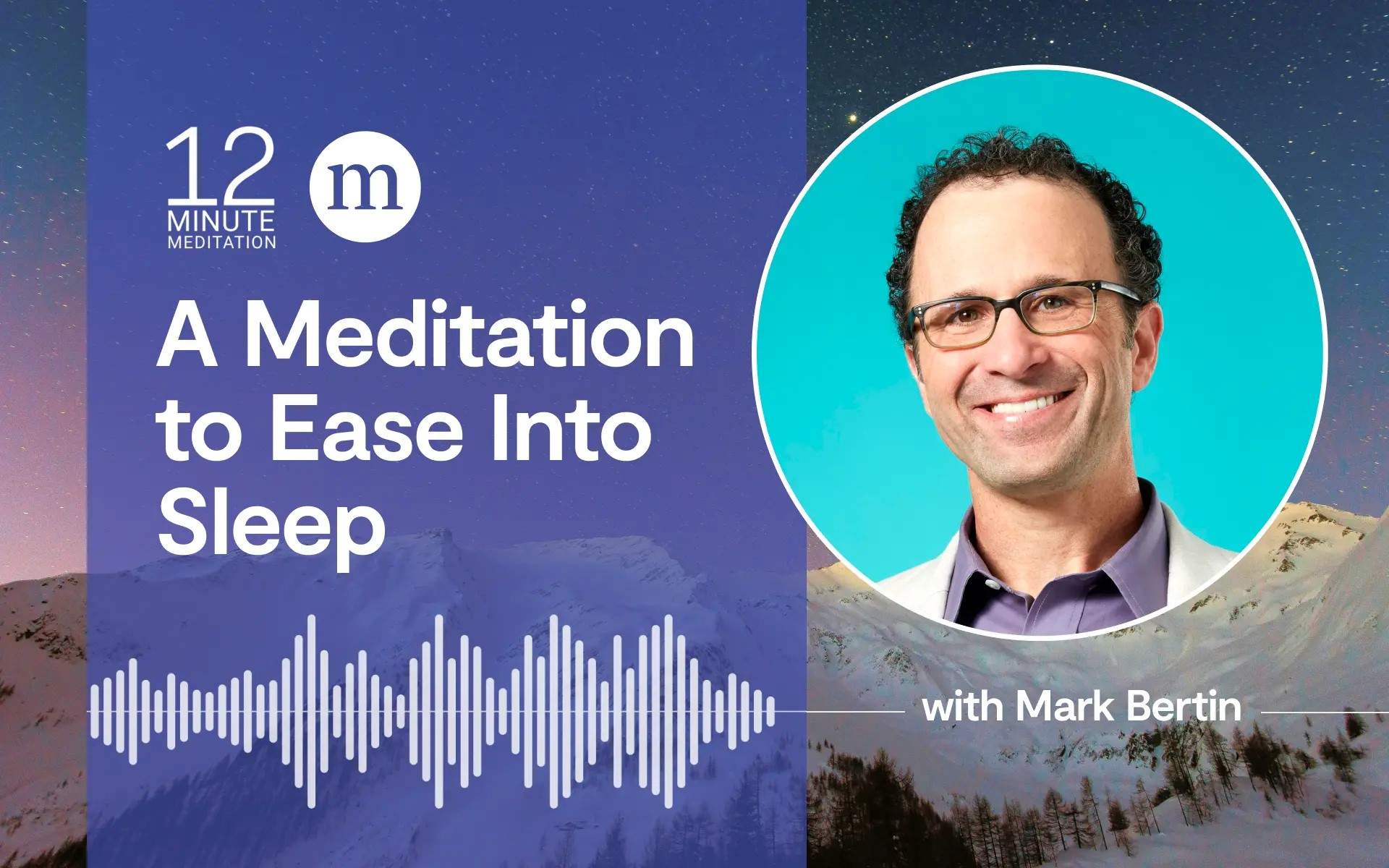The old proverb about living in “interesting times” needs an update. These days, we are living in “anxious” times. Nonstop news about a deadly virus spreading across the country, impending weeks of mass disruption and social distancing has us all on edge.
To help us gain perspective and maybe even reclaim some calm, Mindful’s Content Director Anne Alexander talked with mindfulness expert and psychiatrist, Dr. Judson Brewer, Director of Research and Innovation, Mindfulness Center, at the Brown University School of Public Health. Dr. Brewer has been researching how app-based mindfulness can help calm anxious minds for several years.
Anne: As a psychiatrist, can you explain a bit about what’s going on in our brains as we absorb the fact that we are all in the midst of a global pandemic?
Dr Jud: I’d like to say that we can absorb that or any facts for that matter, but in fact, it is really hard to absorb any information when we’re stressed or anxious.
When we’re really stressed or anxious, our thinking brains go offline, and we go into survival mode. Intellectual information doesn’t stick because we’re busy running away from the danger. Only when our brains perceive safety does our thinking part of the brain (prefrontal cortex) come back online. That’s when we can rationally plan for the future.
Part of this has to do with how our brains aren’t set up to store new information when we’re anxious. We learn from fearful situations, but that learning comes in the form of changing our behaviors in the future. Ironically, it’s like saltwater: we are thirsty for information but the more we drink, the thirstier we get.
Anne: Is that why so many of us are stocking up 48 rolls of toilet paper and buying cases of Spam?
Dr Jud: Yes, absolutely. When we’re at home, our prefrontal cortices are working properly, so we can make a reasonable grocery and supplies list. When we get to the grocery store, we see everybody running around panicked, and suddenly we join in.
The scientific term for this is “social contagion.” Basically, it is the spread of emotion from one person to another. Think of it as someone sneezing panic on your brain. Each time you come into contact with someone who is anxious –and anxiety is even more contagious on social media because each scroll is like being touched by someone– you are more likely to catch the panic bug.
Anne: What can we do about it? How do we find that line between preparedness and panic?
Dr Jud: Knowing how our brains work is the first step. Simply seeing that we are panicking is a good step forward. After that we can use simple mindfulness practices, like taking a few conscious breaths or otherwise grounding ourselves in our direct experience. Similar to taking our foot off the gas when our car is going out of control, mindful awareness helps us ground in the present moment, which helps our minds stop racing off into the future with worry or catastrophic thinking.
Simply seeing that we are panicking is a good step forward. After that we can use simple mindfulness practices, like taking a few conscious breaths or otherwise grounding ourselves in our direct experience.
Anne: What if I see someone with 24 cans of chili in their cart and I suddenly want to buy the same even though my pantry is pretty well stocked already?
Dr Jud: Here grounding in our direct experience is really helpful. For example, someone in a meditation group I used to lead at Yale University came up with a very simple reminder for himself: feel your feet. He struggled with taking conscious breaths, so whenever he noticed that his mind was starting to race out of control, he’d simply say to himself “feel your feet” which would help him ground in the present moment. This is a great mindfulness practice.
We can also simply ground in seeing or hearing something outside–nature is great for this—simply noticing the feel of the sun on our face, or look at the bark or leaves on a tree, or simply listen to the birds for 30 seconds is really grounding.
Anne: You’re a habit change expert. How do I stop touching my face?
Dr Jud: If touching our face is a habit, we can start by recognizing moments when we touch our face. Then we can even hack into our brain’s reward system to break the habit, not by force (willpower is seated in the prefrontal cortex, so not reliable), but instead by finding how unrewarding it is to touch our face (the thought that “oh, I might catch something” is pretty unpleasant). This helps our brains start to look for what I call the Bigger Better Offer: finding behaviors that are more rewarding. Good hand hygiene is pretty rewarding (especially now) when each time we habitually touch our face, we can think back and remember that we’ve just washed our hands etc. Here’s a short animation that explains this process a bit more.
Anne: How do I stop my fears, many of which feel really real, from snowballing – Oh, no! My hand sanitizer is running low, my job is in jeopardy, my kids are at risk, Grandma might die.…
Dr Jud: This is the beauty of mindfulness. It helps us stop these thoughts from snowballing. In fact, we just finished two clinical studies with an app-based mindfulness training (Unwinding Anxiety), in which we found a 57% reduction in anxiety in anxious physicians, and a 63% reduction in people with Generalized Anxiety Disorder. The mindfulness app was geared at helping people map out anxiety and fear habit loops, and replace their habitual behaviors of worry etc. with short, in-the-moment mindfulness practices. If we all practice mindfulness short moments, many times a day, we can build good “mental immunity” to stress, anxiety and panic.
Anne: You often talk about training your brain to focus on the “bigger better offer.” What do you see is the “bigger better offer” that we can focus on during this pandemic? Is there any silver lining in all of this for us?
Dr Jud: I hope that since we are literally all in this together, that people will see the bigger better offers of helping each other, and we’ll learn that kindness and connection are the only way to move forward, not just now, but in the future.
Anne: Anything else you want to share?
Dr Jud: I wrote an article for the New York Times on how anxiety + social contagion leads to panic (and how mindfulness can help). If anyone is interested, here’s a link.
Before you move on to the next thing, take a moment and breathe:
5-Minute Breathing Meditation
read more
How the Body Scan Meditation Practice Reduces Biological Stress
A daily 20-minute body scan practice may reduce your mental and physical stress levels, according to new research.
Read More
Free Mindfulness Resources to Find Calm and Nourish Resilience During the COVID Outbreak
Whether you’re looking for live guided meditations connecting you to others, a quick practice to help you find your ground, or a free course on how to meditate, here’s how the Mindful community is coming together to serve in the days and weeks ahead.
Read More










